Did You Know?
St. Xavier's Church in Thandiani was constructed with funds raised by the local British community, who contributed around Rs. 350 in 1874 to establish it.
34°14'08.6"N 73°21'24.9"E
St. Xavier's Church in Thandiani was constructed with funds raised by the local British community, who contributed around Rs. 350 in 1874 to establish it.
The Best Time to Visit mountain regions of Khyberpakhtunkhwa is Summers. Preferably from April to September. Winters are Extremely Cold and Snowfall blocks most of access. Hence Winters are not recommended.


St Xavier’s is a colonial era Church established in 19th Century on the Hill Station of Thandiani, Abbotabad. Situated in the Northwest Frontier Province (NWFP), Thandiani served as a retreat for military and civilian officers of the British Raj. The hill station’s appeal was primarily due to its high altitude, lush forests, and cold climate, which provided a much-needed respite from the oppressive heat prevalent in other parts of India. Thandiani, like many other hill stations in the subcontinent, became a sanctuary for the British officers, who used it as an escape from the hardships of life in the plains. Over time Thandiani also became a haven for British Christian missionaries, who gradually began constructing residential and religious buildings in the area. Among these structures was the St. Xavier’s Church, a significant religious and cultural institution in the region.
The origins of Thandiani as a retreat can be traced back to the British annexation of Punjab in 1849. When Punjab fell under British rule, the Hazara region, including Thandiani, was incorporated into the administrative framework of the district, with Abbottabad functioning as one of its tehsils. Thandiani, which falls under the jurisdiction of Abbottabad Tehsil, was evolved as a "sanitarium" for British soldiers stationed in the volatile Northwest Frontier Province. As recorded in The Imperial Gazetteer of India, the British used Thandiani exclusively during the summer months when the climate in the lower regions became unbearable. This practice of retreating to hill stations during the summer was typical of the British, who sought to replicate the temperate climates of Europe wherever possible within the colonies.
The Gazetteer of the Hazara District 1907 provides detailed accounts of how the British authorities built several amenities, including a post office, a dak bungalow, and 15 bungalows intended for European visitors. These facilities served both military personnel and civilian officers stationed in nearby areas. The missionaries also built cottages for their use, establishing a more permanent presence in Thandiani. In addition to the church and cottages, a small two-room dispensary was also set up near the church, although it was eventually closed in 2005.
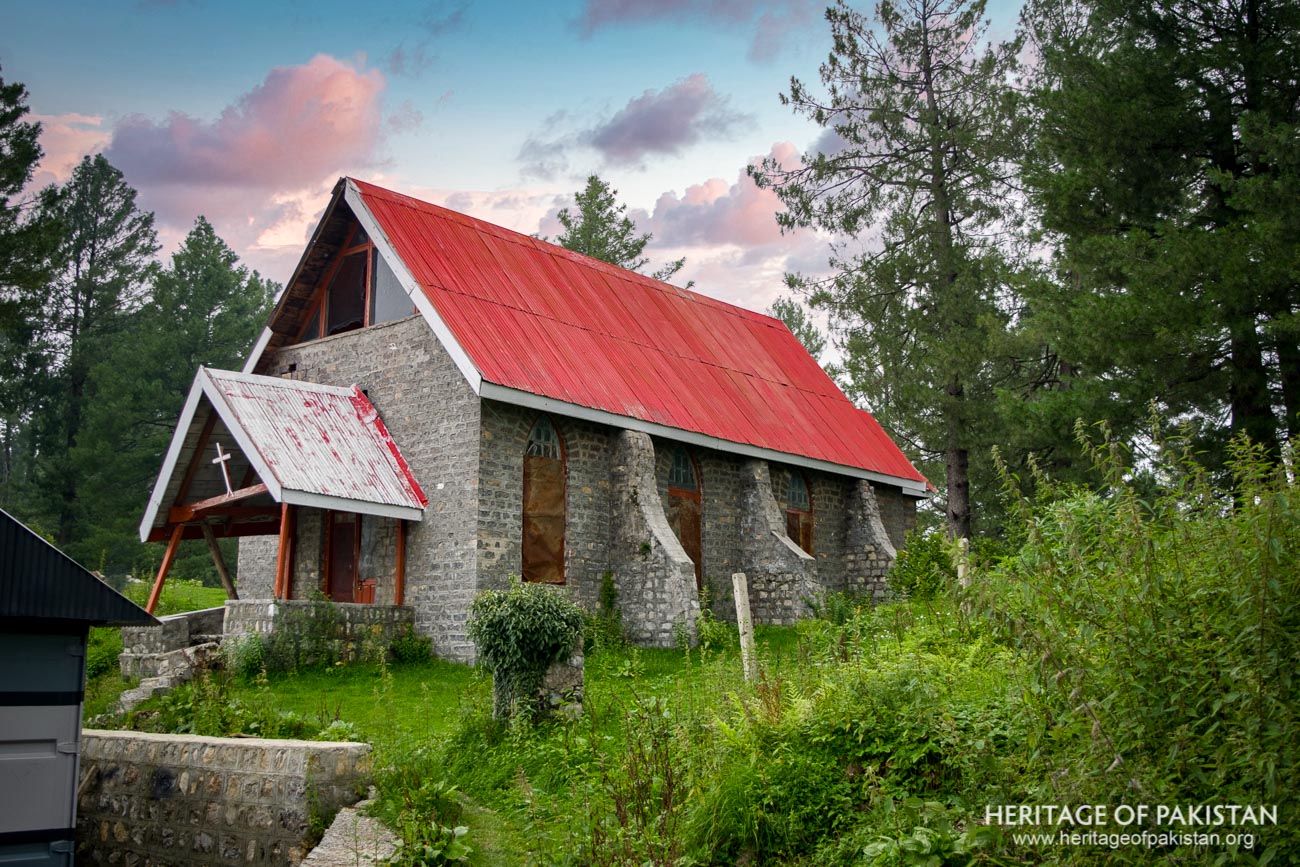
One of the most detailed accounts of Thandiani during the British colonial period comes from Worthington Jukes, a Christian missionary who extensively traveled across India. His memoirs, Reminiscences of Missionary Work in Amritsar 1872-1873 and On The Afghan Frontier in Peshawar 1873-1890, offer invaluable insight into the life of missionaries in Thandiani during the late 19th century. Jukes recounts his regular visits to Thandiani between the 1870s and 1880s, depicting the hill station as a place of solitude and tranquility.
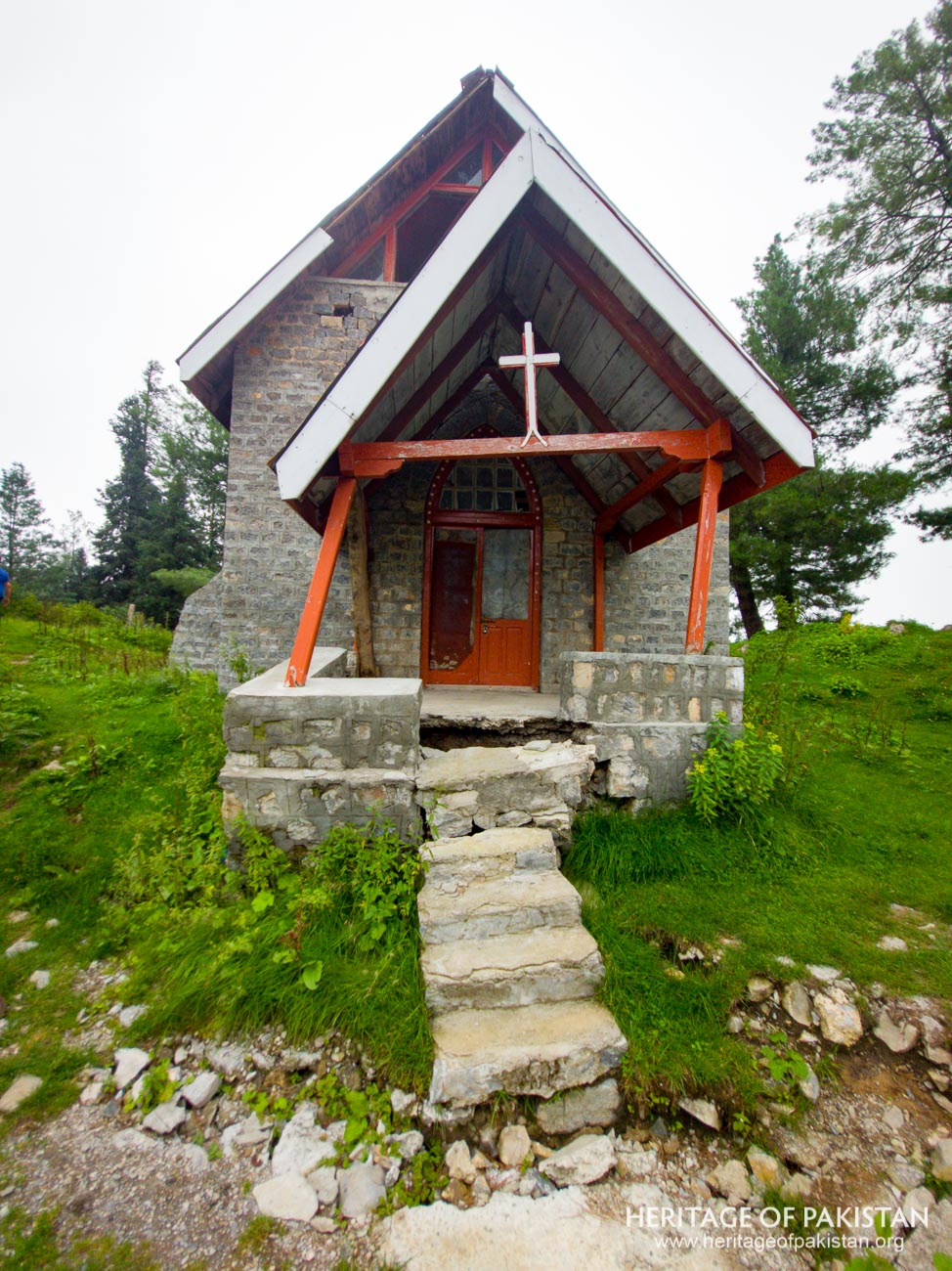
The missionaries, including Jukes, frequently traveled to Thandiani seeking relief from the harsh conditions of the lowlands. His memoirs suggest that the presence of the church and the missionaries was deeply rooted in the area, providing not only spiritual solace but also a physical retreat from the more challenging missionary work in regions like Peshawar.
Jukes describes the conditions that led to the establishment of Thandiani as a regular destination for missionaries. He notes that due to the extreme unhealthiness of Peshawar, where diseases like malaria and cholera were rampant, missionaries were often sent to the hills for a few weeks each summer. Thandiani, located approximately 12 miles from Abbottabad and situated 7,000 feet above sea level, became a preferred destination for such retreats. Jukes vividly describes Thandiani as a "delightful and healthy spot" where the missionary mission owned two small cottages. His writings highlight the fact that Thandiani not only served as a retreat but also as a site for religious activities, with the church playing a central role in the community of missionaries residing in the region.
The establishment of St. Xavier’s Church in Thandiani is closely tied to this missionary activity. Jukes’ account suggests that the church was not merely a place of worship but also a symbol of the enduring missionary presence in the region. The church was established in 1874, constructed primarily from locally sourced stone and timber. Worthington Jukes provides a detailed account of its construction, describing how the decision to build the church was made during one of his visits to Thandiani. In his writings, Jukes recalls that the English community quickly responded to an appeal for funds, raising approximately Rs350 for the construction of what was initially planned to be a log church. Timber for the project, particularly deodar and other pine trees such as Pinus excelsior and Pinus longifolia, was obtained from the surrounding forests at a cost of one rupee per tree, following approval from the authorities. Local masons and carpenters from Abbottabad were employed to complete the work. The church held religious gatherings and other activities.
Although St. Xavier’s Church remains under the management of the Diocese of Peshawar today, it is no longer in active use. The building, like many other colonial-era structures in the region, has suffered from neglect and is in need of restoration. Furthermore, the closure of the dispensary in 2005 marked the end of an era for Thandiani as a center for missionary activity.
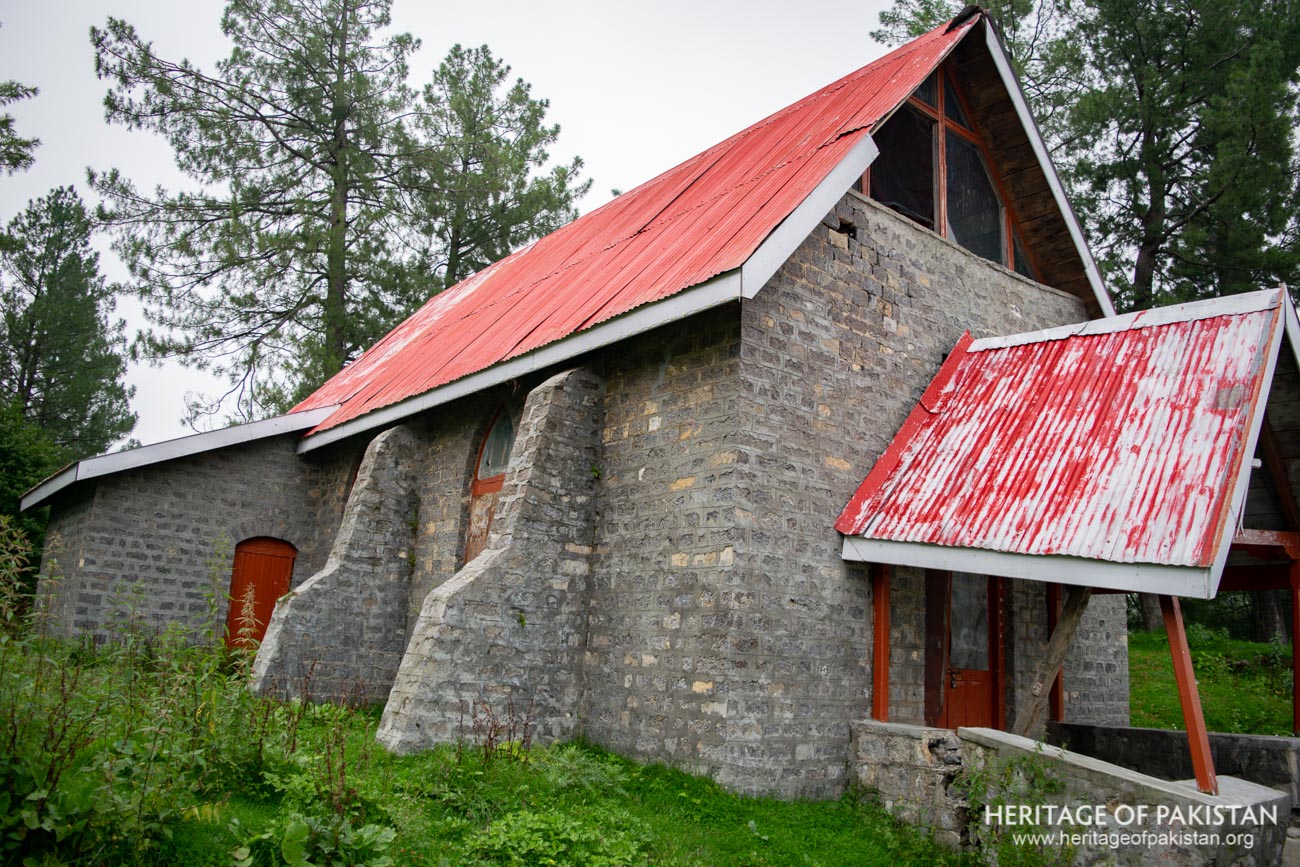
Thandiani's St Xavier's Church, though modest in scale, exhibits clear elements of the Gothic architectural style, albeit in a simplified form. It was intended to serve the relatively small British Christian community residing in Thandiani during the colonial period. Characteristic features of the Gothic ecclesiastical style are evident in the building's design, including its pointed windows, verticality, and a voluminous central hall. A defining element of the structure is its gable roof, a type of pitched roof commonly associated with Gothic architecture. The pointed arches that frame both the entrance and the windows are typical of Gothic design, with the entrance featuring a low-height, pointed arch recessed by a series of architraves. Above this entrance, a cross is prominently affixed, reinforcing the religious function of the building.
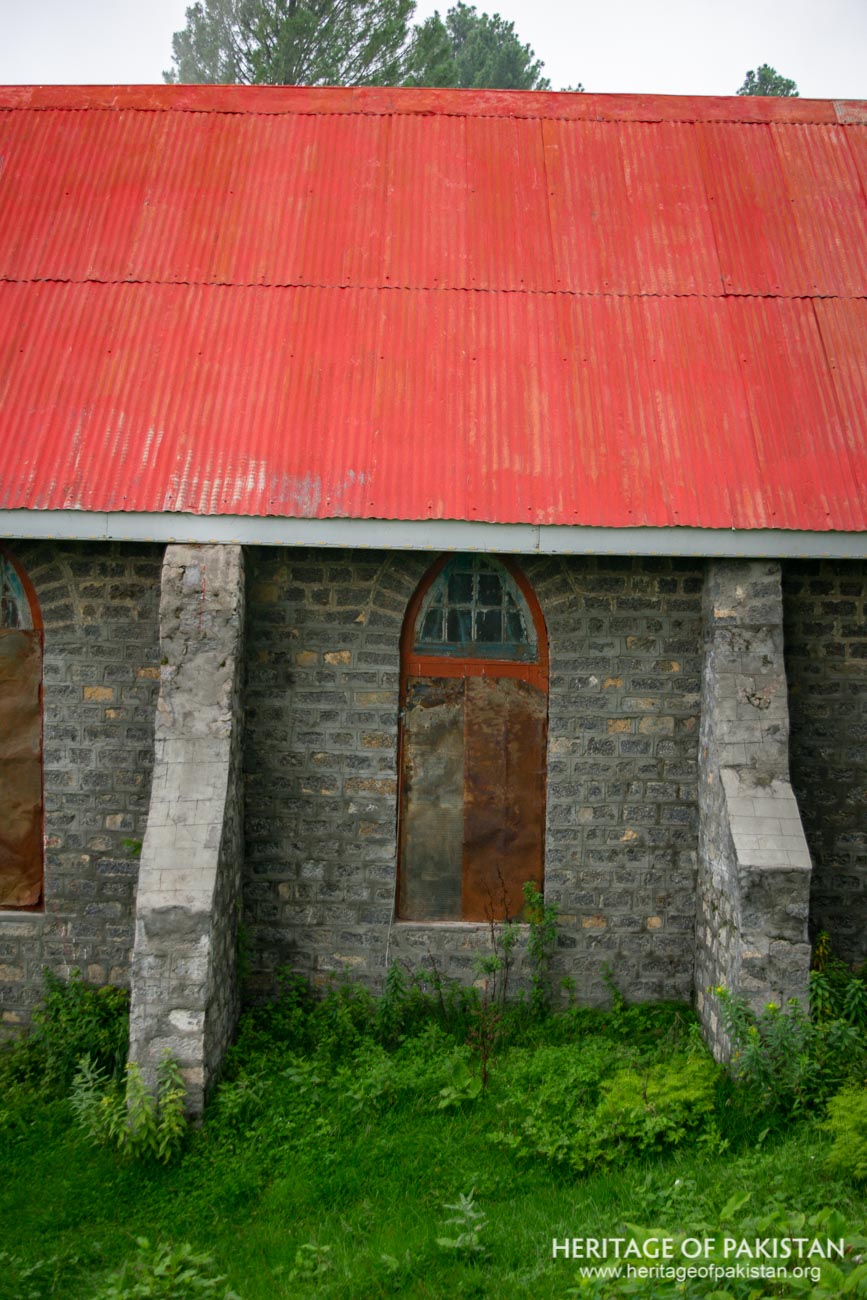
The windows of the church display lancet arches, tall and slender, resembling those seen in orthodox European churches. Another notable architectural feature is the presence of three buttresses along each side wall. These buttresses, common in European Gothic architecture, serve a dual purpose. They enhance the height of the structure, contributing to its sense of verticality, while also reinforcing the walls by managing the weight of the building. The use of buttresses not only provides structural support but also adds to the visual impact of the church, aligning it with the Gothic tradition, which emphasizes both aesthetic grandeur and practical engineering.
The Church was initially constructed using local timber as per Jukes account. Jukes also elaborates on the initial phases of construction, noting that the roof was successfully installed, but the sides of the church remained open, with plans to complete them the following year when additional time and resources were available. Despite its unfinished state, the church quickly became a valuable spiritual asset for the local British community. Jukes later undertook further modifications, adding an apse to the structure to increase its capacity and make it more ecclesiastical in appearance. This extension not only enhanced the church's functionality but also reinforced its alignment with the traditional forms of religious architecture in Europe.
From Jukes' detailed account, it is clear that the original structure of the church was a timber log building set upon a stone foundation. Over time, it appears that the church's walls were converted into masonry, though the exact timeline of this transformation remains unclear.
In terms of its overall design, the church reflects a compact and elegant form of Gothic architecture. Its style is reminiscent of other colonial-era churches in the region, particularly the church at Nathia Gali, which shares similar architectural features. Despite its historical and architectural significance, the building has deteriorated significantly over time. Exposure to the elements, combined with a lack of regular maintenance, has left the church in a fragile state. Immediate restoration efforts are needed to preserve this important piece of colonial and religious heritage.
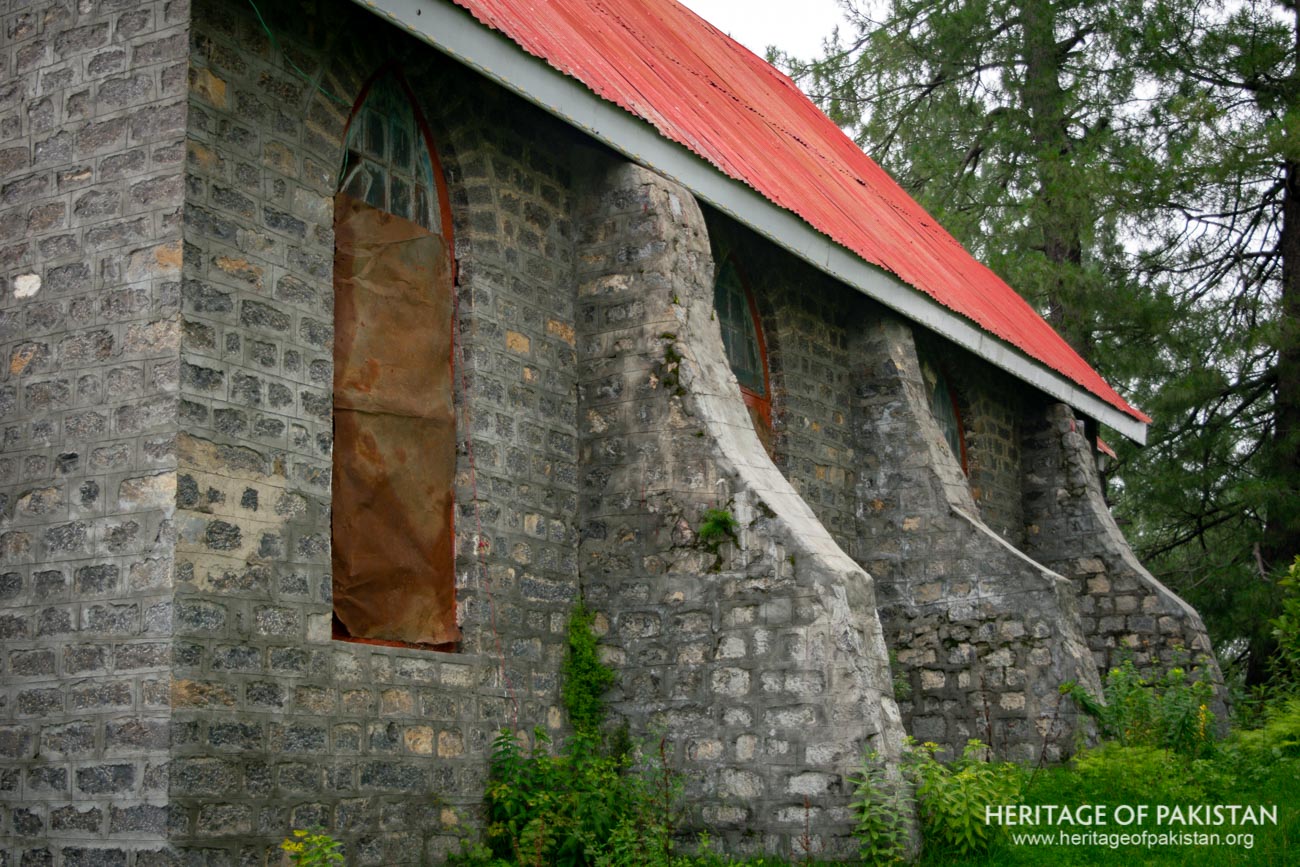

Discover the St Xavier's Church image gallery and immerse yourself in photographs

All Photographs by Syed Noor Hussain and Sania Azhar.
All Rights Reserved. Photos may be used for Non-Commercial, Educational, Artistic, Research, Non-Profit & Academic purposes.
Commercial uses require licensing agreement.


Add a review